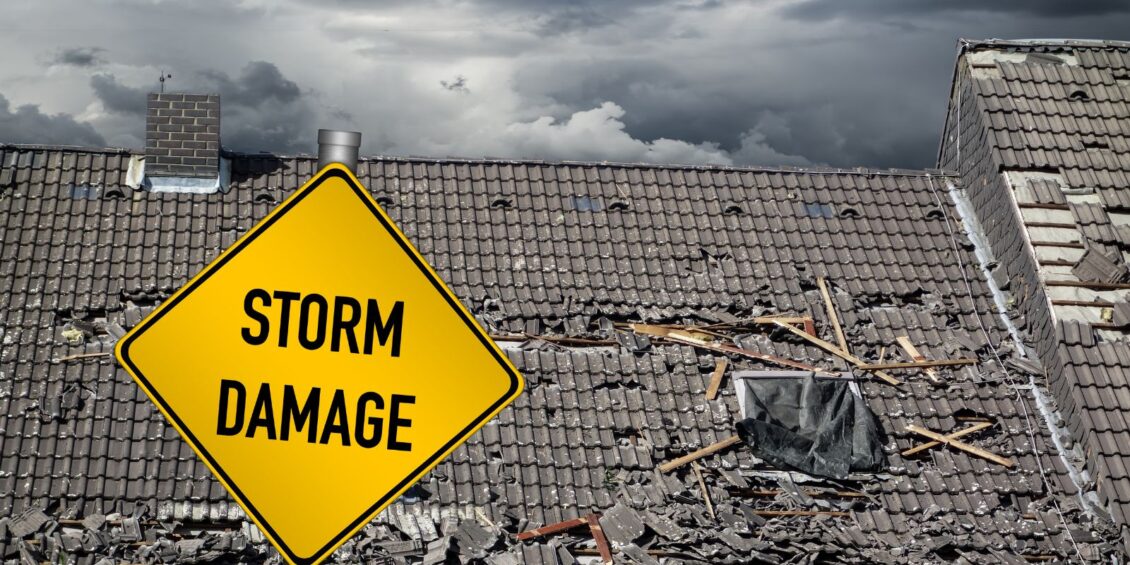When the skies darken and the forecast spells out a storm, there’s a palpable sense of urgency to batten down the hatches. But, fret not! Preparing and protecting your property against the fury of Mother Nature doesn’t have to be a frantic rush against time.
With a bit of foresight and some strategic planning, you can stand a much better chance of weathering the storm with your home snug and secure. Here’s a friendly and informative guide to help you do just that.
Understand Your Risk
The first step in storm-proofing your property is to understand the specific risks associated with your geographic location. Are you in a flood-prone area, or is wind damage more of a concern? Knowing what you’re up against will help you tailor your preparations effectively.
Consulting local building codes and guidelines can also provide insights into recommended protective measures for homes in your area. Engaging with community emergency management services can offer valuable resources and information on local hazard mitigation strategies.
Secure The Roof
Your roof is your home’s first line of defence against a downpour. Ensuring it’s in tip-top condition can prevent a lot of water-related woes.
Regularly inspect your roof for missing, damaged, or loose shingles and replace them promptly. Investing in high-quality roofing materials and tools can make all the difference in ensuring your roof holds up against the storm.
Also, consider installing a waterproof underlayment beneath the shingles for an extra layer of protection.
Clear The Gutters
It’s easy to overlook your gutters, but they play a crucial role in directing rainwater away from your home. Clogged gutters can lead to water backing up and damaging your roof, walls, and foundation.
Make it a habit to clean your gutters and downspouts regularly, especially before the storm season kicks in. Checking for leaks and ensuring that all sections are securely attached can also prevent sudden overflows or collapses.
Finally, installing gutter guards is another smart move to minimise debris accumulation, making future cleanings less of a hassle!
Trim The Trees
Overhanging branches can become dangerous projectiles during a storm, potentially damaging your roof, windows, and cars. Trimming trees and removing dead branches can significantly reduce this risk. Plus, it keeps your garden looking neat and tidy – a win-win!
Of course, it’s highly advisable to hire a professional arborist for larger trees or those near power lines to ensure safety and effectiveness. Regular inspections of trees on your property can help identify potential problems early – before they lead to damage during a storm.
Check The Drainage
Proper drainage around your property can prevent water from pooling and causing damage. Ensure that your downspouts are directing water away from your foundation and that your yard slopes away from your home. It might be worth consulting with a professional to make any necessary adjustments to your landscape to improve drainage.
You may want to consider installing French drains or a sump pump system for areas prone to excessive water collection. These solutions can be particularly effective in safeguarding basements and crawl spaces during heavy rainfall.
Secure Loose Objects
Outdoor furniture, garden tools, and other loose items – such as trampolines, for instance – can become hazards in high winds. Store these items in a shed or garage when a storm is on the horizon. If storing them isn’t an option, secure them to the ground or a sturdy structure to prevent them from being tossed about or even blown away entirely.
Reinforce Windows and Doors
Windows and doors are vulnerable points in your home during a storm. Installing storm shutters or impact-resistant windows can provide substantial protection against flying debris. For doors, consider reinforcing them with heavy-duty bolts and strike plates to keep them from blowing open.
Additional measures, such as applying security film to windows, can further enhance their resistance to breakage. Regularly inspect the seals and weather stripping around windows and doors to ensure they’re in good condition, which can also help prevent water from entering your home during heavy rains.
Create An Emergency Kit
Despite your best efforts, sometimes the power goes out, or you might need to make quick repairs. Having an emergency kit on hand is essential.
Stock it with flashlights, batteries, a first-aid kit, basic tools, and water. Don’t forget to include important documents in a waterproof container. Additionally, consider adding non-perishable food, a portable radio, and extra clothing to your kit.
Updating your emergency kit annually is a good practice to ensure that all items are functional and food items are within their expiration dates. Remember, this kit could be a lifeline during the critical hours or days following a severe storm.
Stay Informed
One of the best tools at your disposal is information. Keep an eye on the weather forecast and heed any warnings or advisories issued by local authorities. Knowing when a storm is expected to hit and its severity can help you make informed decisions about when to enact your storm-preparation plan.
Utilise multiple sources for weather updates, including apps, websites, and local news, to ensure you’re receiving the most current information. Invest in an emergency battery-powered radio, especially if you live in an area prone to severe weather, to stay informed even if you lose power or internet service.
Being well-informed allows you to adjust your preparations as needed and make the safest decisions for you and your family.
Review Your Insurance
Before storm season arrives, it’s critical to review your insurance policies to ensure you’re adequately covered for storm-related damage.
Understanding your policy can help you navigate the claims process more smoothly should you need to repair or replace storm-damaged property. Take the time to speak with your insurance agent to clarify any uncertainties and confirm that your coverage includes common storm damages in your area.
It’s also wise to check if additional flood insurance is needed, as this is often excluded from standard policies.
Practice Your Plan
Having a plan is one thing, but ensuring everyone in your household knows what to do when a storm hits is another.
Practice your emergency plan, including evacuation routes and communication strategies, so everyone knows their role in keeping the property and themselves safe. Regular drills can help family members remember the plan under stress.
Don’t forget to prepare an emergency kit with essential supplies, and ensure it’s easily accessible to all household members. This proactive approach can make a significant difference in ensuring your family’s safety and preparedness.
After The Storm
Once the storm has passed, it’s important to assess your property for any damage. Do this as soon as it’s safe to venture outside. Document any damage with photos or videos, as these can be helpful when filing insurance claims.
Be very cautious of hazards like downed power lines or structural damage to your home. always prioritise safety and avoid attempting to repair any damage yourself, especially if it involves electrical systems or structural repairs.
Contact professionals for a thorough assessment and repair work, and report any damage to your insurance company promptly to begin the claims process.
Overview
Protecting your property against storms requires a mix of proactive maintenance, strategic upgrades, and a dash of common sense. By taking these steps, you can provide your home with a fighting chance against the elements, ensuring that when the storm passes, your sanctuary stands strong and secure.
Remember, the time you invest in preparing your home can save you not just money but also peace of mind when the weather takes a turn for the worse.









Leave a Reply
View Comments